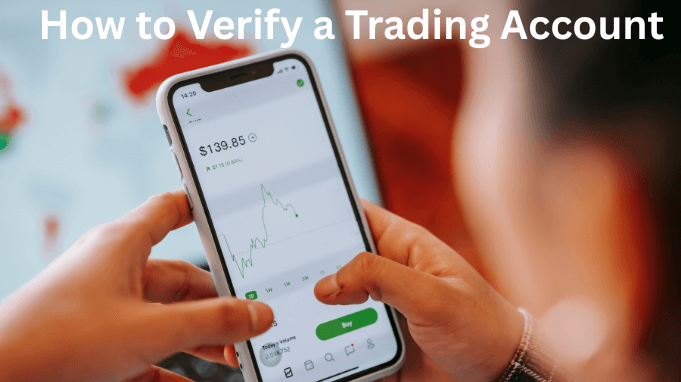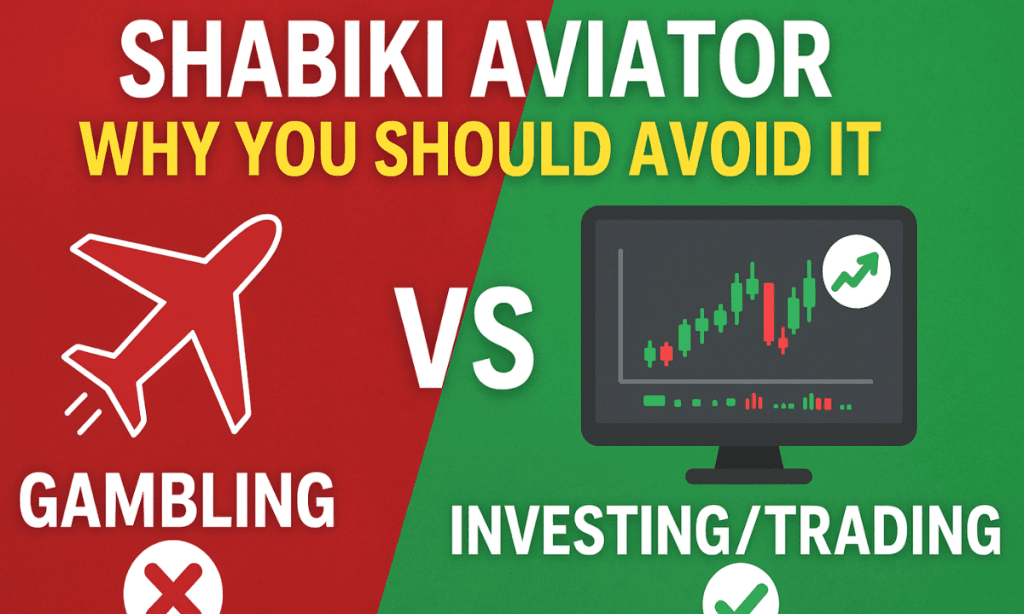If you’ve ever signed up with a Forex or binary options broker, you’ve likely encountered the account verification process. Many traders wonder why this step is necessary, why can’t they just deposit funds and start trading immediately?
The truth is, verification is a crucial security measure enforced by financial regulators worldwide. It’s part of the Know Your Customer (KYC) and Anti-Money Laundering (AML) compliance protocols that legitimate brokers must follow. Skipping this step could mean dealing with an unregulated or even fraudulent broker, putting your funds at risk.
In this detailed guide, we’ll cover:
- Why is verification mandatory for trading accounts
- Which documents do you need for verification
- Common issues traders face during verification and how to solve them
- How long does the process usually take
- What to do if your documents get rejected
By the end, you’ll understand exactly how to verify your account smoothly and avoid unnecessary delays.
Why Do Brokers Require Account Verification?
Before allowing deposits, withdrawals, or bonus claims, brokers must confirm your identity and residence. Here’s why:
1. Regulatory Compliance
Financial authorities like the FCA (UK), CySEC (Cyprus), ASIC (Australia), and SEC (US) require brokers to verify clients’ identities. This prevents fraud, money laundering, and unauthorized account access.
2. Protecting Your Funds
Verification ensures that only you can withdraw money from your account. Without it, someone else could impersonate you and steal your funds.
3. Preventing Bonus Abuse
Many brokers offer deposit bonuses, but without verification, traders could create multiple accounts to exploit these offers. KYC prevents such misuse.
4. Ensuring Secure Transactions
Banks and payment processors require verified accounts to prevent illegal activities. If your broker doesn’t verify accounts, they may be operating outside the law.
🚨 Red Flag: If a broker lets you deposit without verification but blocks withdrawals until you comply, they might be a scam. Always verify before funding your account.
Documents Needed for Trading Account Verification
Most brokers request two key documents:
1. Proof of Identity (POI)
This confirms your legal name, date of birth, and nationality. Acceptable documents include:
- Passport (best option—fastest approval)
- National ID card (must include photo and expiry date)
- Driver’s license (if it has your photo and address)
📌 Requirements:
- High-quality scan or photo (no blurry or cropped images)
- All four corners are visible (place the document on a dark background)
- Front and back uploaded (if there’s relevant info on the reverse side)
- No screenshots (even if it’s a digital ID)
2. Proof of Address (POA)
This verifies your residential address. Accepted documents must be less than 3–6 months old and include:
- Bank or credit card statement (PDF or scanned copy)
- Utility bill (electricity, water, gas, internet)
- Government-issued tax letter
- Rental agreement (if officially registered)
- Municipal residency certificate
📌 Requirements:
- Full document (no partial screenshots)
- Clear issuer logo & your name/address
- Recent issue date (older documents get rejected)
💡 Pro Tip: If your ID already shows your current address, some brokers may waive the POA requirement.
Common Verification Problems & Solutions
❌ “My Documents Were Rejected!”
If your submission fails, check for these mistakes:
- Blurry or cropped images → Retake the photo in good lighting.
- Expired ID → Renew your document before uploading.
- Mismatched name/address → Ensure all documents show the exact same details.
- Unsupported file format → Use JPG, PNG, or PDF (under 15MB).
🛠️ Fix: If errors persist, email the documents directly to the broker’s support team.
❌ “I Don’t Have Bills in My Name!”
If you’re a student, live with family, or lack utility bills, try:
- Bank statement (even if it’s an e-statement)
- Affidavit of residence (notarized by local authorities)
- Landlord’s utility bill + rental contract (with your name included)
⚠️ Note: Some brokers accept alternative documents—contact support for clarification.
How Long Does Verification Take?
- Fast brokers: 10 minutes to 24 hours (during business days).
- Slower brokers: Up to 3–5 days (common with high-volume platforms).
Once approved, you’ll receive an email, and your account dashboard will show a green verification tick ✔️.
⏳ Speeding Up the Process:
- Submit clear, uncropped documents.
- Avoid weekends/holidays (approval teams may be offline).
- Follow up via live chat if delayed beyond 48 hours.
Final Tips for a Smooth Verification
- Verify Before Depositing – Avoid withdrawal locks by completing KYC first.
- Use a Passport – Fewer rejections than IDs or driver’s licenses.
- Check Broker Reputation – Read reviews to ensure they don’t delay verifications intentionally.
- Keep Documents Updated – Renew expired IDs/bills to prevent future issues.
Conclusion
Account verification isn’t just bureaucratic red tape it’s a necessary safeguard for your security and compliance with global financial laws. By submitting the right documents correctly, you’ll avoid delays and trade with confidence.
🔗 Next Steps:
- Gather your POI and POA documents.
- Upload them in high-quality format.
- Start trading with a fully verified, secure account.
Got questions? Drop them in the comments below! 🚀
Vincent Nyagaka is the founder of Chweya, where he breaks down complex financial topics into simple insights. A trader since 2015, he uses his market experience to help readers better understand investing, trading, and personal finance.

